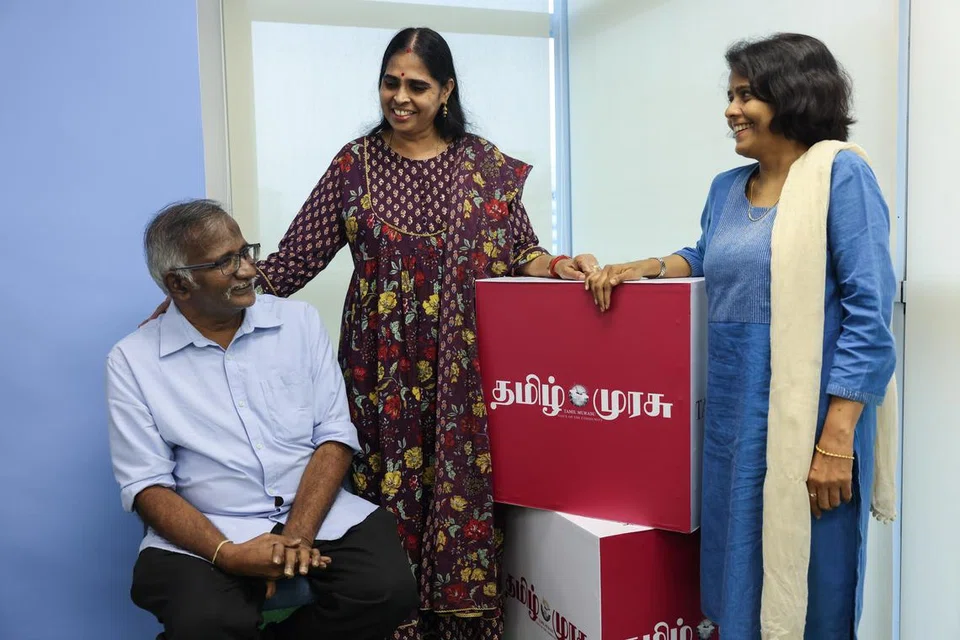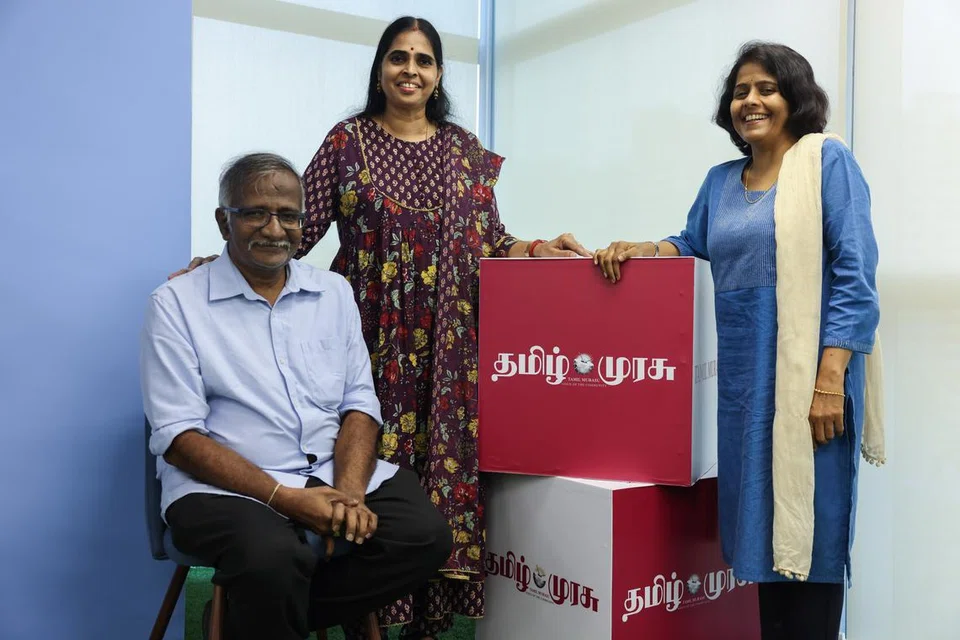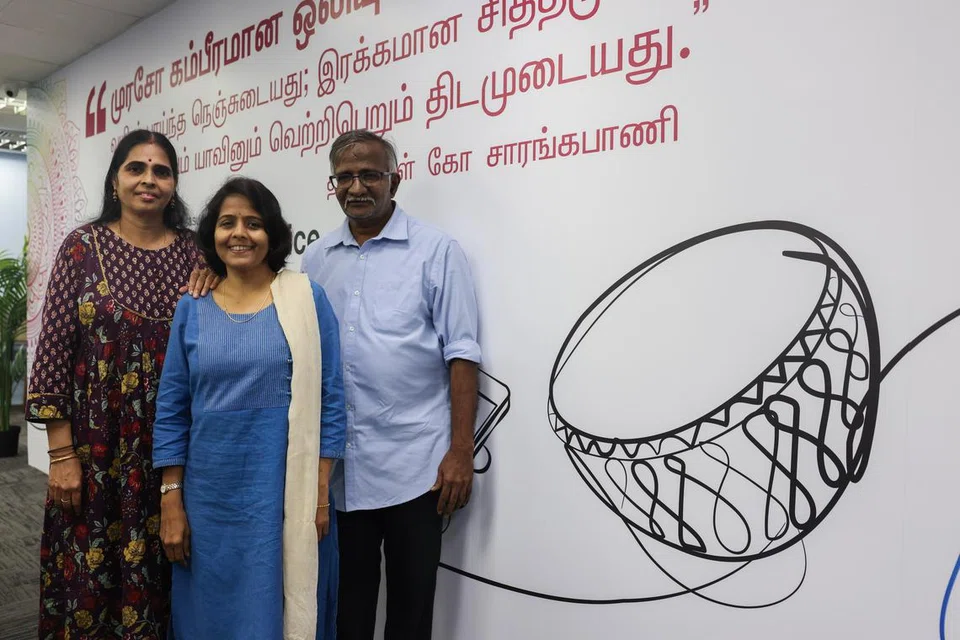In 1935, Tamil Murasu was launched in colonial Singapore with a mission: to serve the Tamil-speaking community at a time when Tamil voices were peripheral in the public square.
It has come a long way since then and celebrates its 90th anniversary on July 6. President Tharman Shanmugaratnam will be the guest-of-honour.
Founded by Mr G. Sarangapany, the paper began as a weekly newsletter for the Tamils’ Reform Association and each copy sold for just one cent.
By its 10th issue, the paper had incurred a loss of $51 but Mr Sarangapany continued. His aim was not to make a large profit but to keep the underserved Tamil community informed on timely local and world news.
He acquired the paper in 1936 and transformed it from an association bulletin into a proper newspaper. Under his editorial leadership, the paper flourished and was the highest-selling Tamil newspaper across Singapore and Malaysia in the 1950s.
In 1952, the publication even launched a student edition titled Manavar Murasu to inspire and nurture the next generation of Tamil writers.
However, the paper’s fortunes reversed after Mr Sarangapany’s demise in 1974. His wife, Mdm Lim Boon Neo, and their sons Jayaram and Balaram, ran the paper for the next 19 years.
Their unfamiliarity with the language and lack of experience in the newspaper industry marked a turbulent chapter in the publication’s history.
Sales declined due to poor circulation and unreliable vendors, while the staff were severely underpaid.
The paper came close to being shut down before it was bought by Singapore Press Holdings in 1995.
Mdm P. Thenmozhi, an executive sub-editor at Tamil Murasu, joined in 1991 as a publication assistant. She worked on Manavar Murasu for 10 years and then spent another ten as a reporter.
“For the first twenty years, any salary increases we received were minimal,” she said in Tamil.
Mdm K. Kanagalatha joined Tamil Murasu in 1989 as a part-time intern. She did stories for Manavar Murasu and did reporting for many years before becoming an associate editor.
“The vendors would sell the papers but wouldn’t pay us what they owed. Sometimes, trying to collect the money almost led to fights,” Mdm Kanagalatha said.
“Yet, none of the staff left or demanded much because we were all passionate about the language. We thought of it less like a job and more like a family business.”
Since the 1960s, Tamil Murasu operated out of a two-storey building at 139-141 Lavender Street, which was owned by Mr Sarangapany’s family.
The newspapers were printed onsite using a Linotype printing machine on the first floor, where the compositors and sub-editors worked, while the chief editor and accountant were based on the second floor.
Mr A.S. Kunalan joined Tamil Murasu in 1990 as a sub-editor and is currently the chief sub-editor.
He explained that a typesetter arranges text for printing and, before computerisation, the paper used metal typesetting by engraving letter moulds to design its pages.
“There were boxes holding metal types for all 247 Tamil letters. The compositors were so experienced they didn’t need to look up, their hands would instinctively find the right letters and arrange them on the page,” said Mr Kunalan.
He had worked as a typewriting instructor in Chennai and is the main man responsible for the publication’s digital shift, Mdm Kanagalatha said.

When Tamil Murasu moved to 1 Genting Lane in 1991 and switched from using MS-DOS (Disk Operating System) to Windows 3.1, Mr Kunalan tested out various publishing softwares to modernise the paper’s typesetting process.
“Before Adobe InDesign, there was Aldus PageMaker. I tested it at home before introducing it to the office. I was able to print out an A3 page that was fully digitally laid out,” he said.
Mdm Thenmozhi said: “Mr Kunalan taught me and the compositors how to type in Tamil.” With their combined efforts, Tamil Murasu successfully published its first fully computer-printed issue on July 6, 1991.
That same year Singapore Press Holdings took over distribution of the paper and later acquired it as one of its subsidiaries in 1995, resolving the publication’s long-standing issues with poor circulation and underpaid salaries.
With greater resources, Tamil Murasu has continued to push the boundaries of vernacular journalism by expanding its social media reach, upgrading newsroom technology and keeping the Tamil community informed, connected and engaged.



